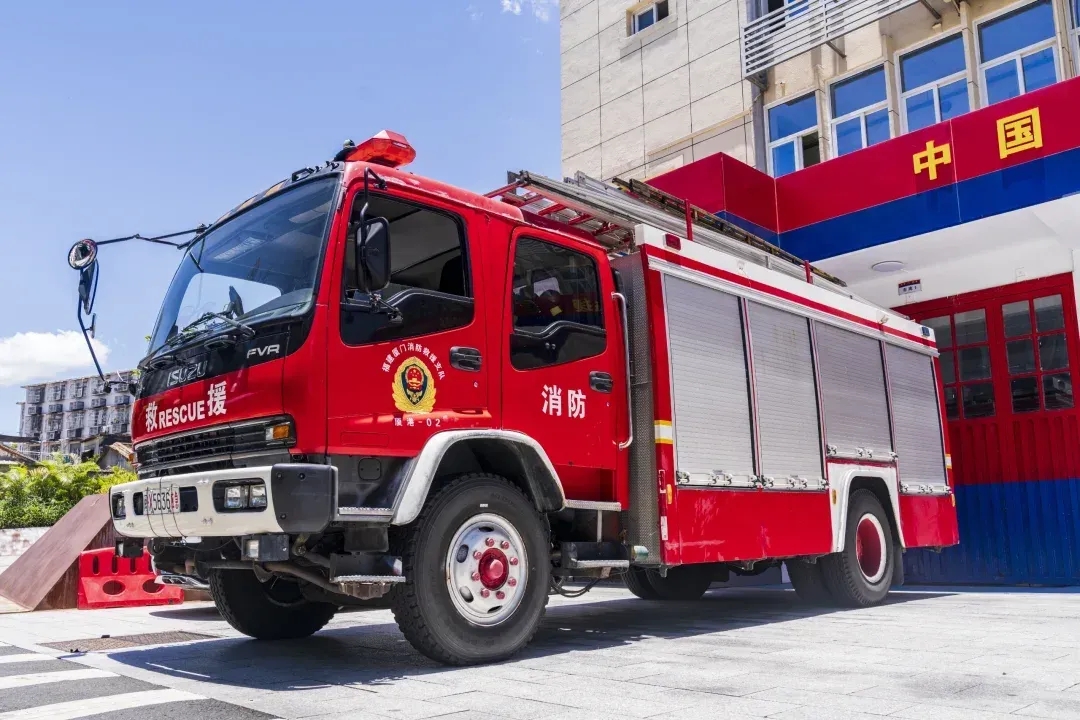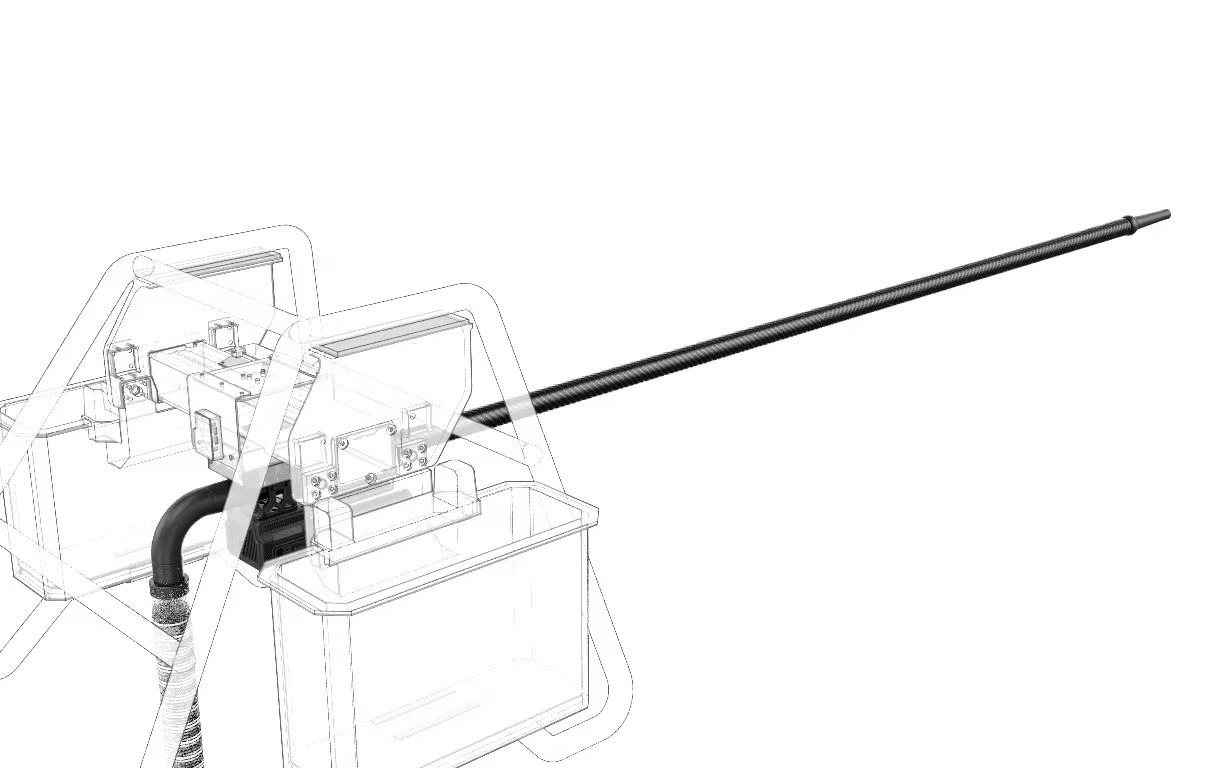Conservation of jet intensity of aerial firefighting UAV: pressure decay control mechanism
In the field of high-rise building fire rescue, traditional equipment often delays the fire extinguishing opportunity due to insufficient jet arrival height. Fire- drones need to break through two major limits: "effective water jet projection at a hundred meters high" and "safety distance barrier to approach the fire source". The MYU technical scheme breaks through through three core designs: 
1. Ground high-pressure pump system: the cornerstone of jet intensity
In the field of high-rise fighting, the conventional water pressure system is often powerless in the face of fire situations at a height of 150 meters. However, the fire-fighting drone equipped with high-pressure system with a water pressure of 3MPa can still maintain an effective working pressure at a height of 150 meters. This system allows the drone to a dense water column at high altitude, directly penetrating the hot air layer of the fire scene. Through real-time feedback from pressure sensors and dynamic adjustment of the flight control, the intelligent conservation of jet intensity at high altitude is achieved, providing a new solution for fire extinguishing in super high-rise buildings.
2. Low-resistance water delivery system: the "highway" of energy transfer
The ultra-low-resistance composite water belt is lined with a polymer layer, with a low coefficient of friction and low pressure loss rate per hundred meters, combined with a streamlined fire hose nozzle, to maintain a dense water mist shape
3.Triple obstacle avoidance system: the escort of close combat
In fire emergency rescue, whether the UAV can approach the fire source safely directly determines the efficiency of extinguishing. The DJI FC100 has realized the all-round obstacle avoidance capability in the suspended state for the first time through a triple heterogeneous perception system, and built a dynamic safety barrier for close combat in the fire scene.


